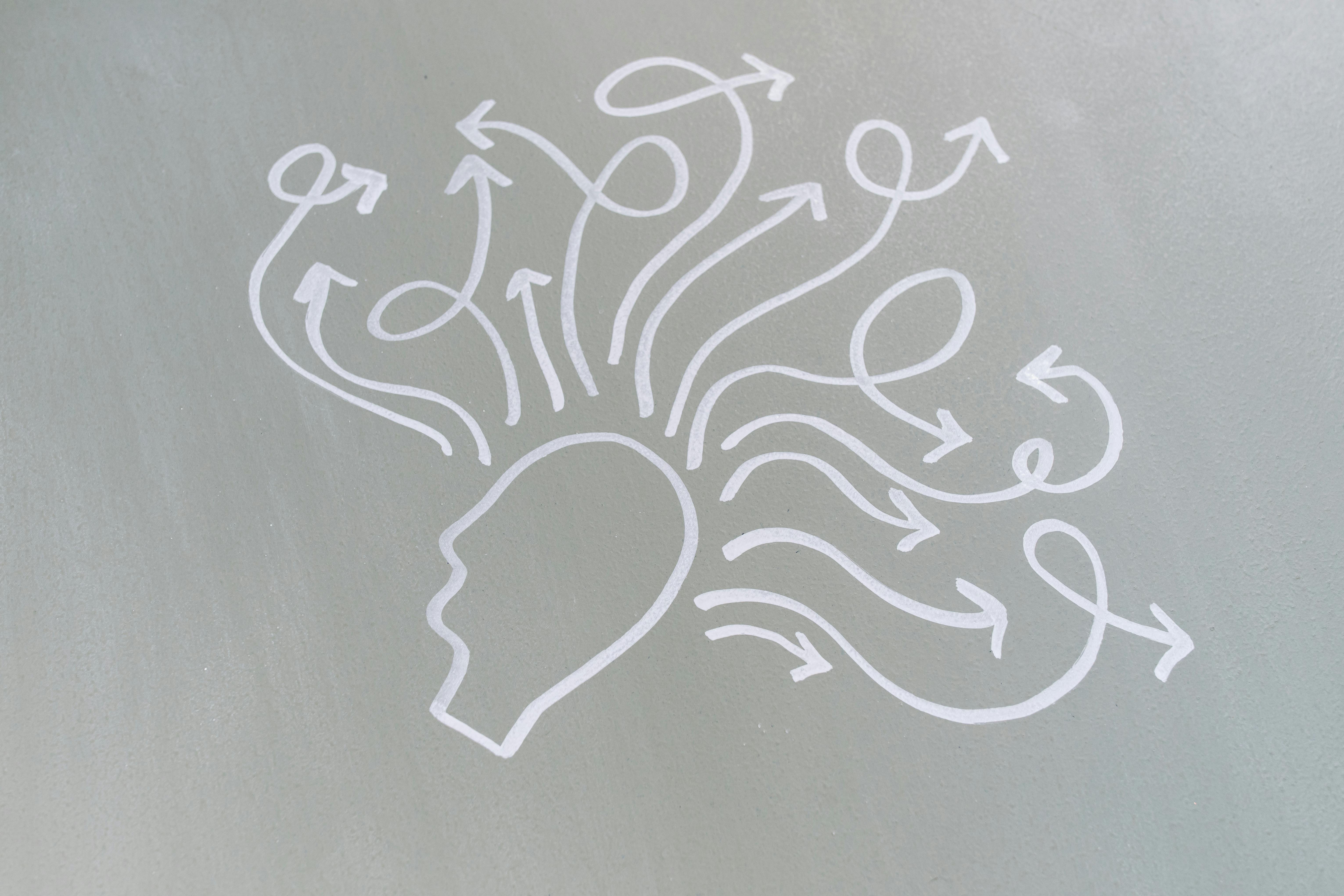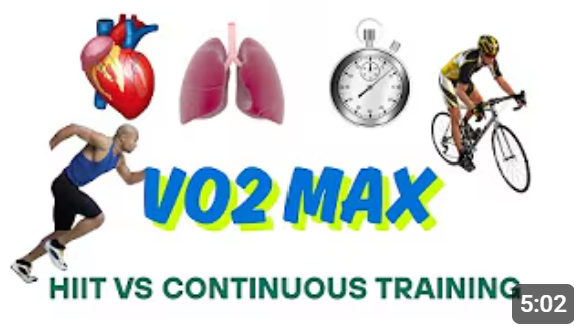Table of Contents
VO₂ Max and Brain Health: Why Higher Aerobic Fitness Supports Memory & Cognitive Function

Why Read This?
Your brain's power to remember, focus, and adapt depends on more than diet or sleep—it relies on oxygen delivered efficiently through your cardiovascular system. VO₂ Max measures exactly that. In short: the fitter your body, the smarter your brain gets.
Why VO₂ Max Matters for Brains
Think of your VO₂ Max as the horsepower under your hood—not just for running fast, but for powering every thought, action, and memory. Better aerobic fitness means:
- More oxygen-rich blood reaching your brain, supporting neuron function and protection.
- Higher neuroplasticity, helping your brain rewire and adapt with exercise.
What Science Confirms
Slashing Dementia Risk
In a 22-year study of over 2,000 Finnish men, each 1 standard deviation increase in VO₂ Max corresponded to a 20% lower risk of dementia. Those in the lowest VO₂ Max group had almost double the risk compared to the fittest group.
Sharper Minds in Older Adulthood
Recent research shows that higher VO₂ Max is linked to better performance in memory, processing speed, attention control, working memory, and spatial awareness among older adults.
Brain Structure Support
VO₂ Max is also tied to greater gray matter volume in key memory and executive function areas—such as the hippocampus, prefrontal cortex, cingulate cortex, and insula. These structures are crucial for decision-making and mental flexibility.
Other studies show that VO₂ Max is linked to stronger white matter integrity—the brain's communication highways—particularly in older adults and those with mild cognitive impairment.
How VO₂ Max Supports Brain Structure and Memory
Aerobic activity activates key biological processes that improve both brain structure and function:
- Increases BDNF, a "fertilizer" for your brain that promotes neuron growth and synaptic health.
- Stimulates VEGF, which helps grow new blood vessels and enhances cerebral blood flow.
- Encourages grey matter volume growth in cognitive control regions (e.g., hippocampus, prefrontal cortex).
- Enhances neuroplasticity, allowing your brain to adapt, learn, and create stronger connections even in older age.
These adaptations help improve memory, decision-making, and resistance to cognitive decline.
Real-World Examples: Fitness Powers Brain Performance
- Short bursts vs. long-term gains: Even a single 35-minute aerobic session spikes BDNF—and cognitive performance benefits last up to two hours afterward.
- Regular training wins: Adults doing steady aerobic activity for months showed improved executive functions like multitasking, attention, and working memory.
- "Tip-of-the-tongue" relief: Older adults with better aerobic fitness were less likely to experience frustrating word retrieval issues—suggesting fitness preserves language and cognitive access.
How to Improve VO₂ Max & Nourish Your Brain
A. Zone 2 Aerobic Training
Steady, moderate efforts (e.g., brisk walking, light jogging, cycling) enhance blood flow, mitochondria function, and neurotrophic signaling. Over time, these elevate both VO₂ Max and cognitive power.
B. High-Intensity Interval Training (HIIT)
Short, intense bursts with recovery phases drive up peak cardiovascular capacity and can trigger quicker VO₂ Max gains. They also help boost BDNF levels faster.
C. Consistency Over Time
Studies show that even older athletes can reverse decades of brain and VO₂ Max decline with consistent training. VO₂ Max losses slow significantly with ongoing aerobic fitness.
D. Mix in Resistance Activities
Weight-bearing or bodyweight training supports executive function, memory, and slows neurodegeneration when combined with aerobic efforts.
Tip: Use VO₂ Max as your compass—this ensures you target the right effort zones and track progress scientifically.
Key Takeaways
- VO₂ Max isn't just for athletes—it's a potent brain health marker.
- Strong VO₂ Max is tied to less dementia, better memory, and larger brain structures.
- Improved oxygen delivery, neurotrophic support, and plasticity explain how fitness shields brain health.
- Real gains are achievable—and measurable—no matter your age.
Call to Action
Curious how your VO₂ Max stacks up—and how to train it effectively? Check out our VO₂ Max testing device to get started and track your cognitive and physical progress with precision.
References
Kurl et al., (2018). Cardiorespiratory fitness and risk of dementia. 1 standard deviation increase in VO₂ Max associated with ~20% lower dementia risk. (PubMed)
Oberlin et al., (2025). Higher CRF in older adulthood is associated with better cognitive performance. (BMJ Sports Med)
Olivo et al., (2021). VO₂ Max linked to greater gray matter volume in older adults. (Nature Scientific Reports)
Zhang et al., (2018). VO₂ Max association with white-matter integrity and executive function. (Time/NATAP summary)
Wikipedia. Neurobiological effects of physical exercise (for mechanisms like BDNF, VEGF, plasticity). (Wikipedia)
Encyclopedia entries on Neuroplasticity and aerobic exercise benefits. (Wikipedia Neuroplasticity)
About the Author

Axovoc Editorial Desk
Our team is a group of engineers, researchers, and science communicators passionate about making biometric science accessible and engaging. We work closely with the developers of the Vortex device to bring you accurate, insightful content about VO₂, respiration, and human performance.
Want to contribute or suggest a topic? Contact us.


